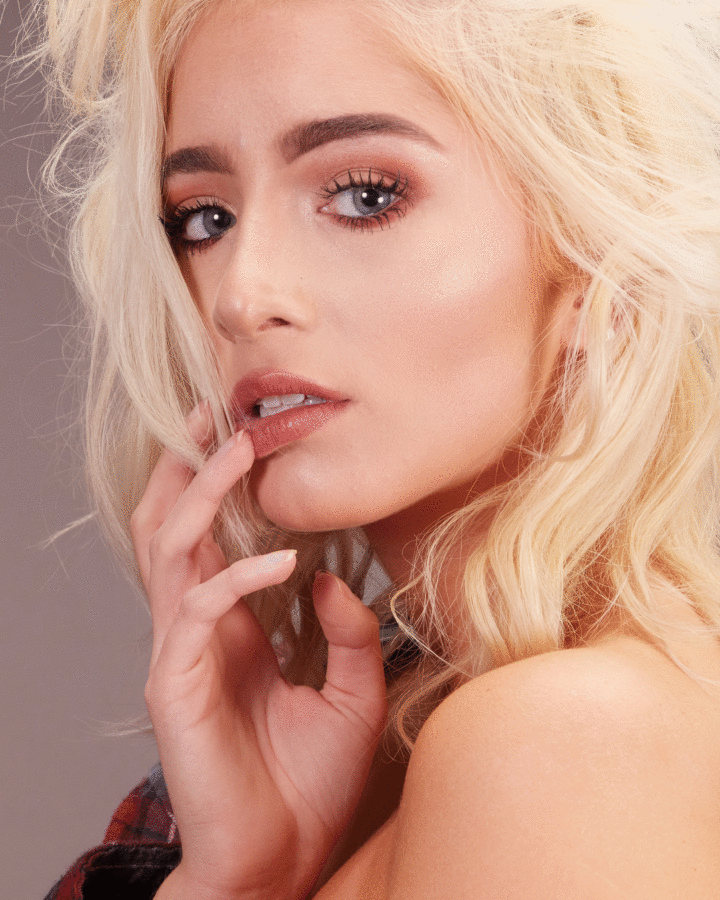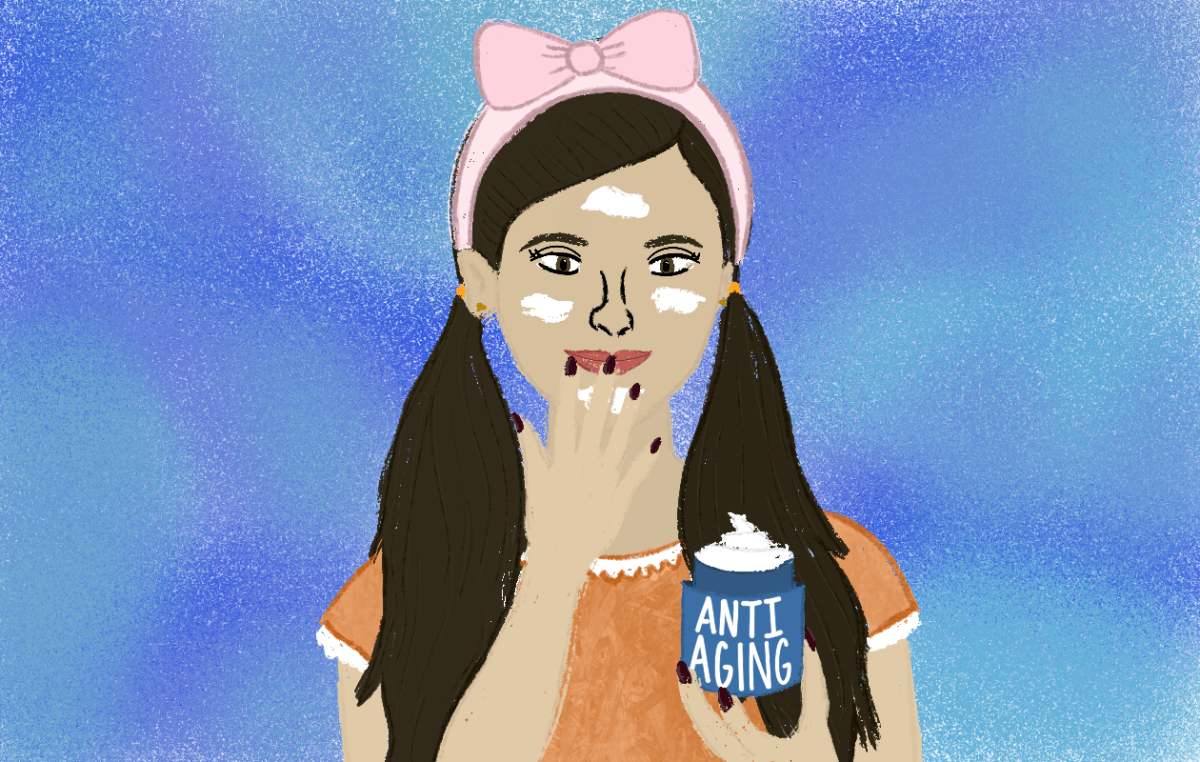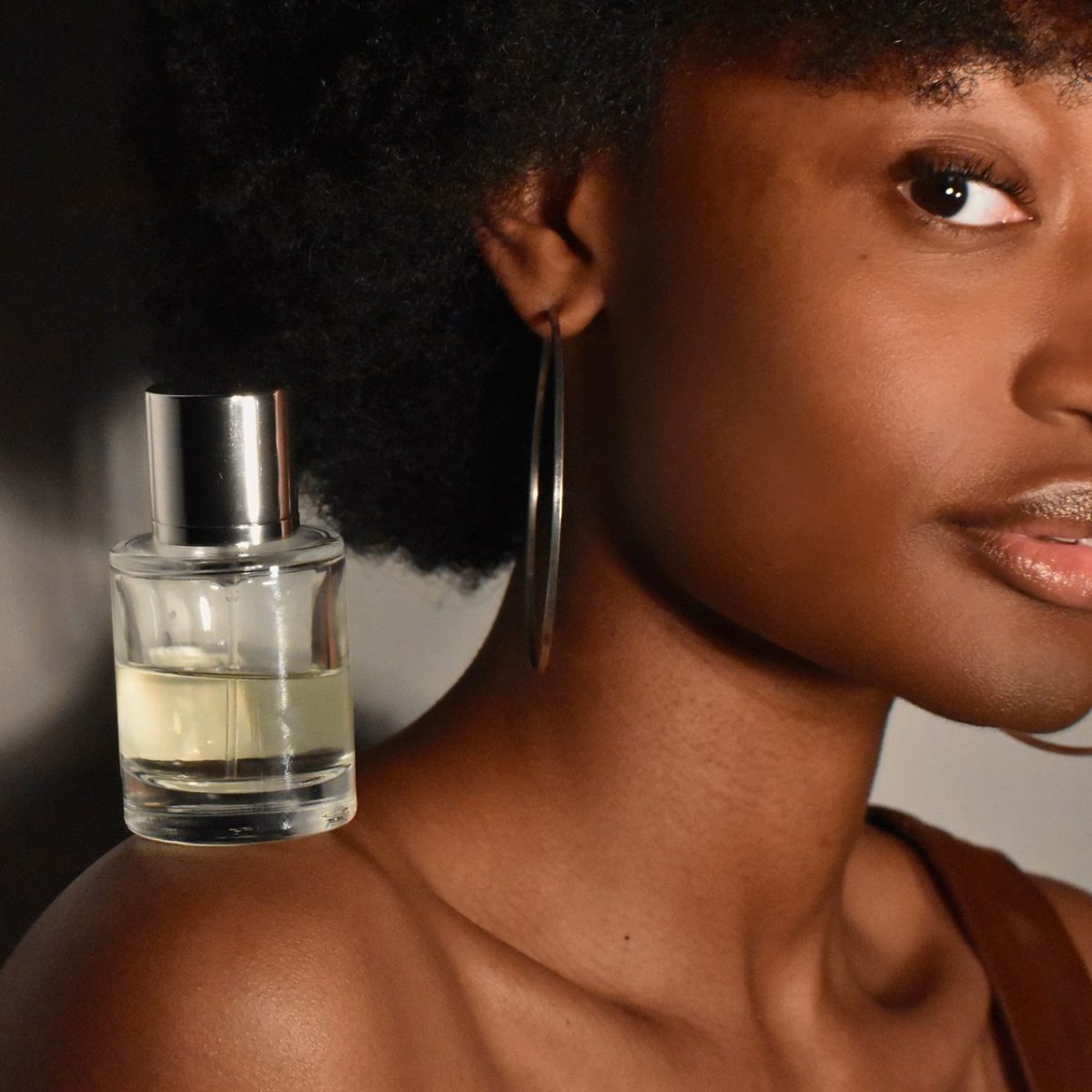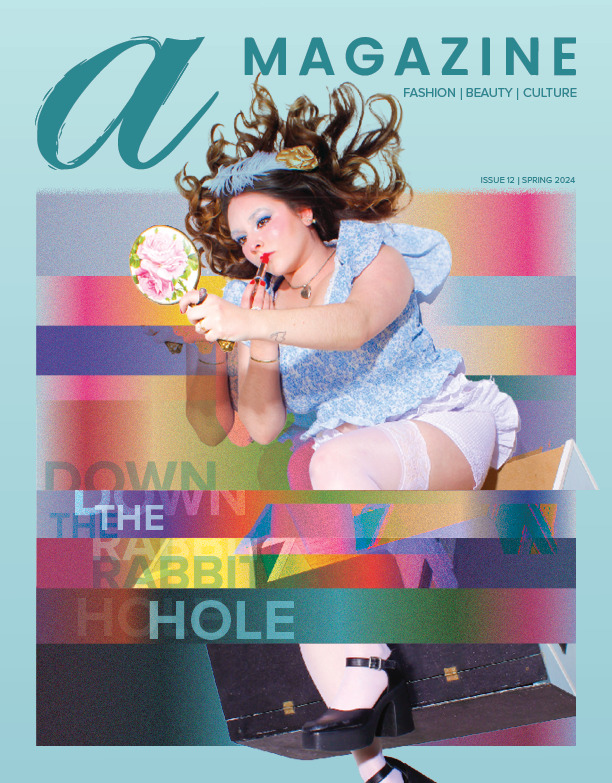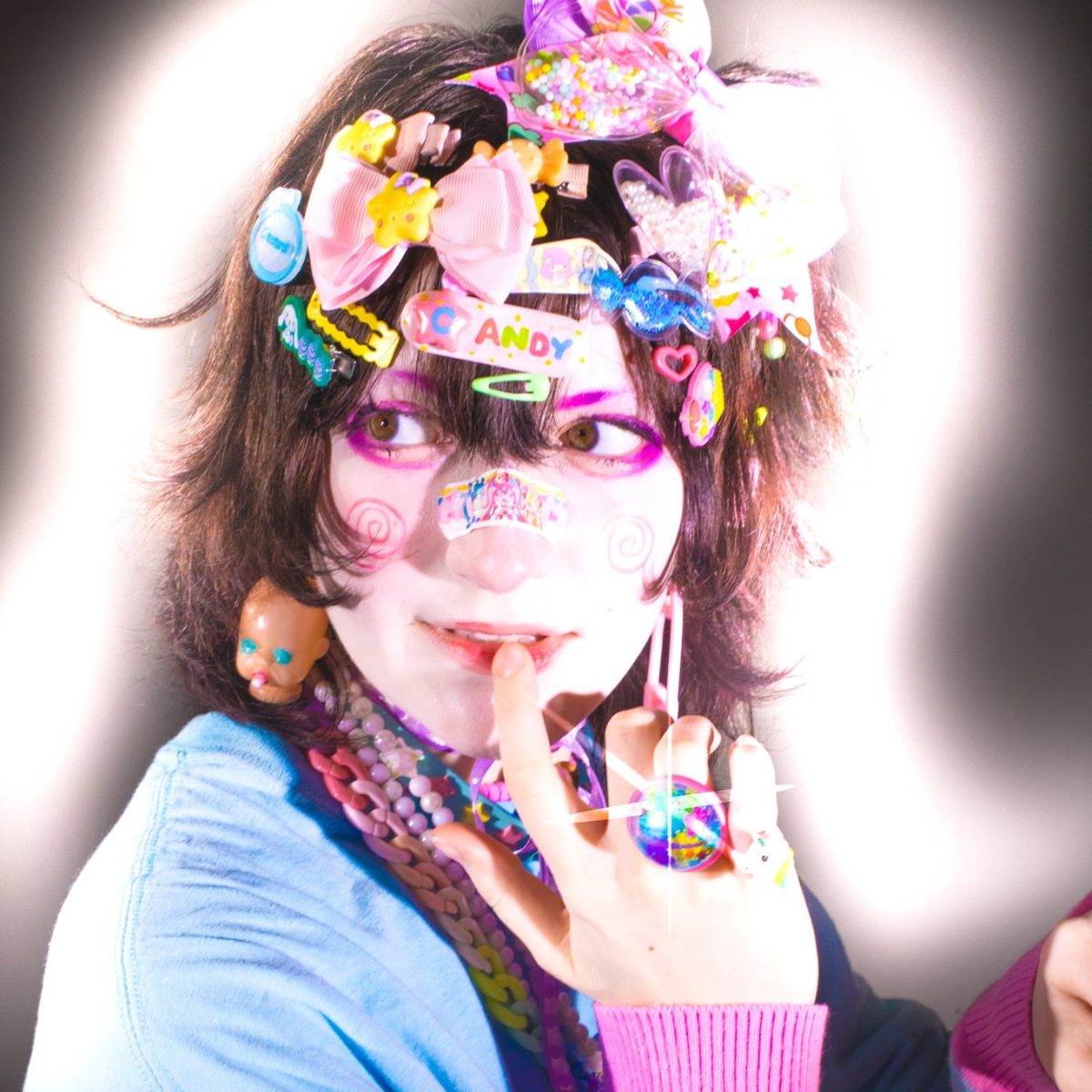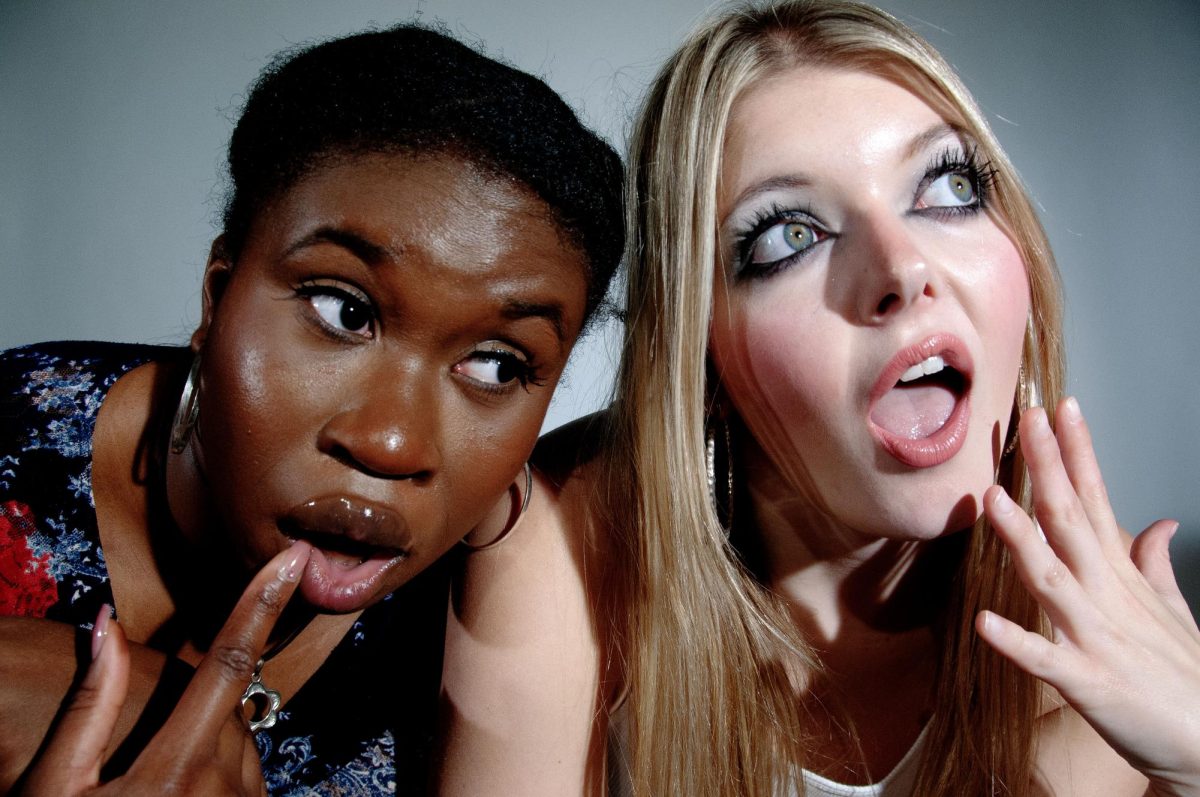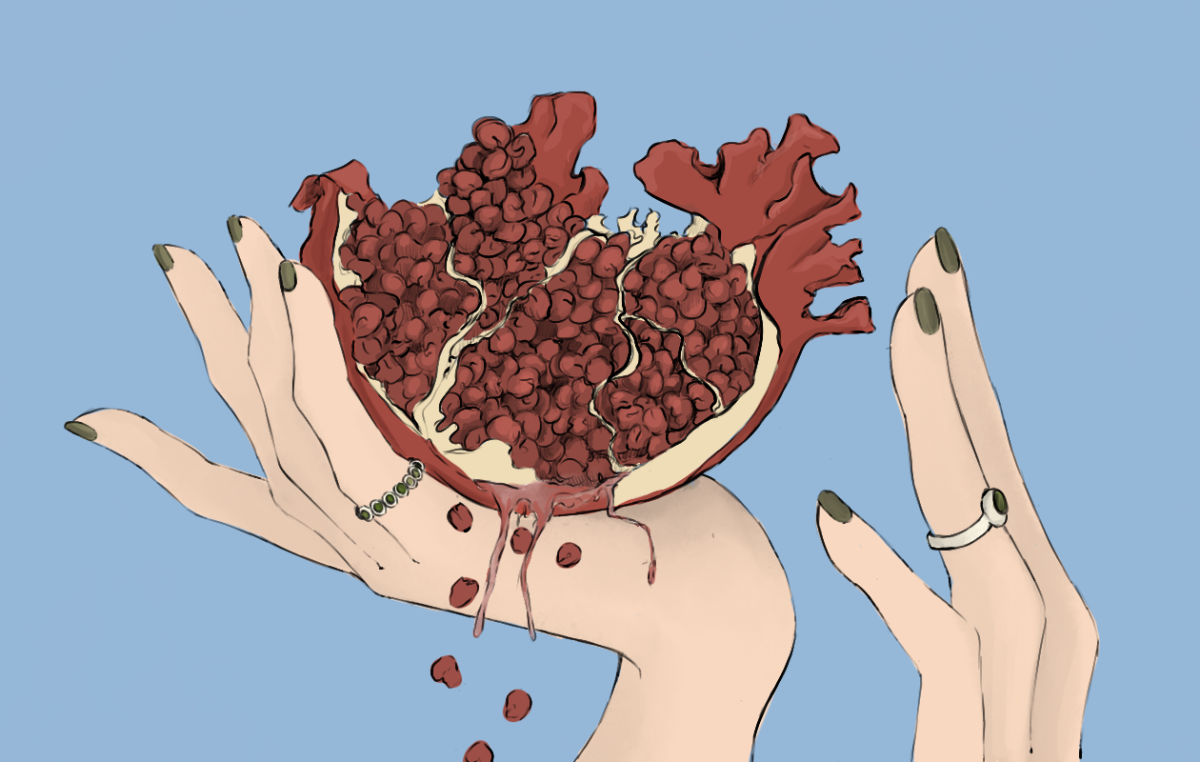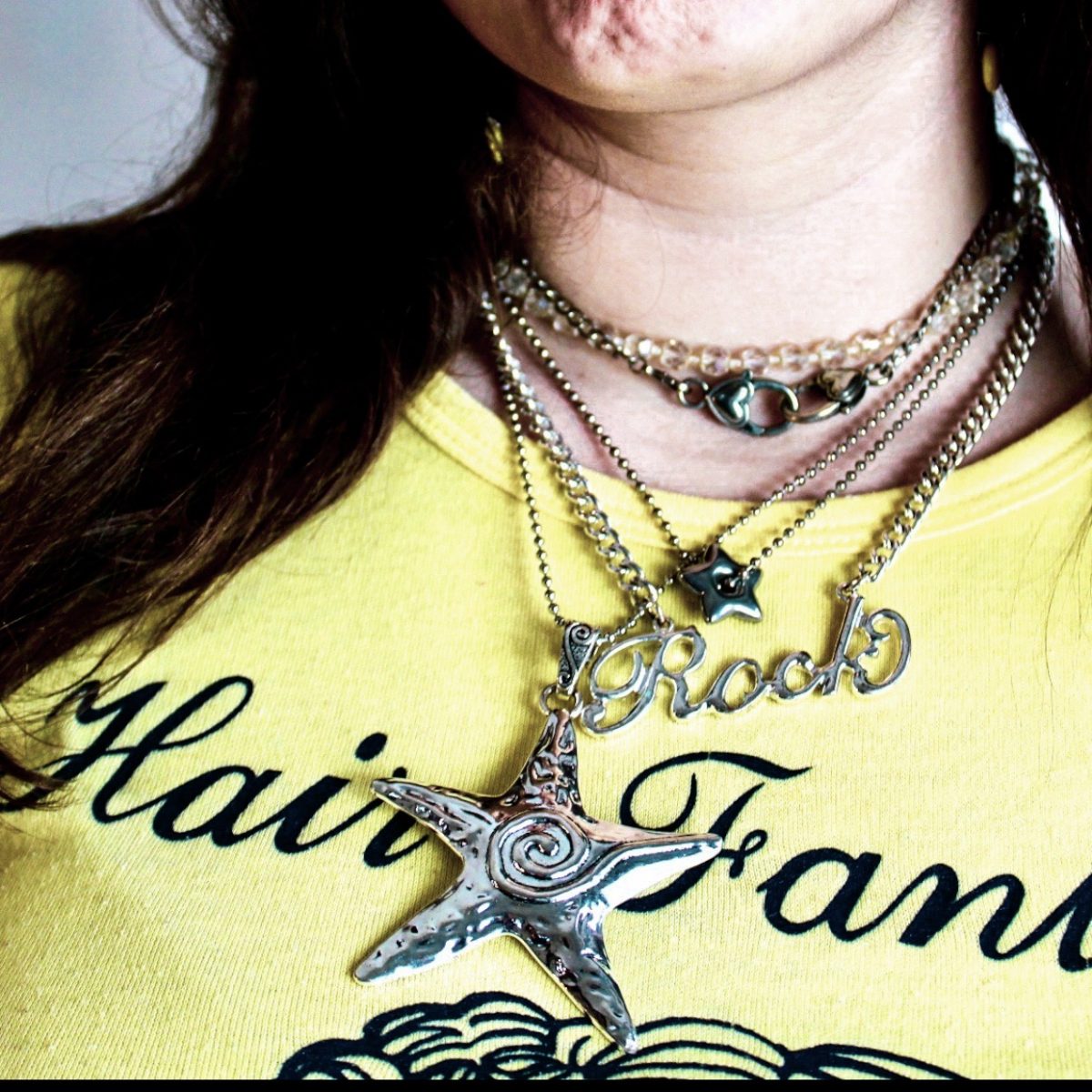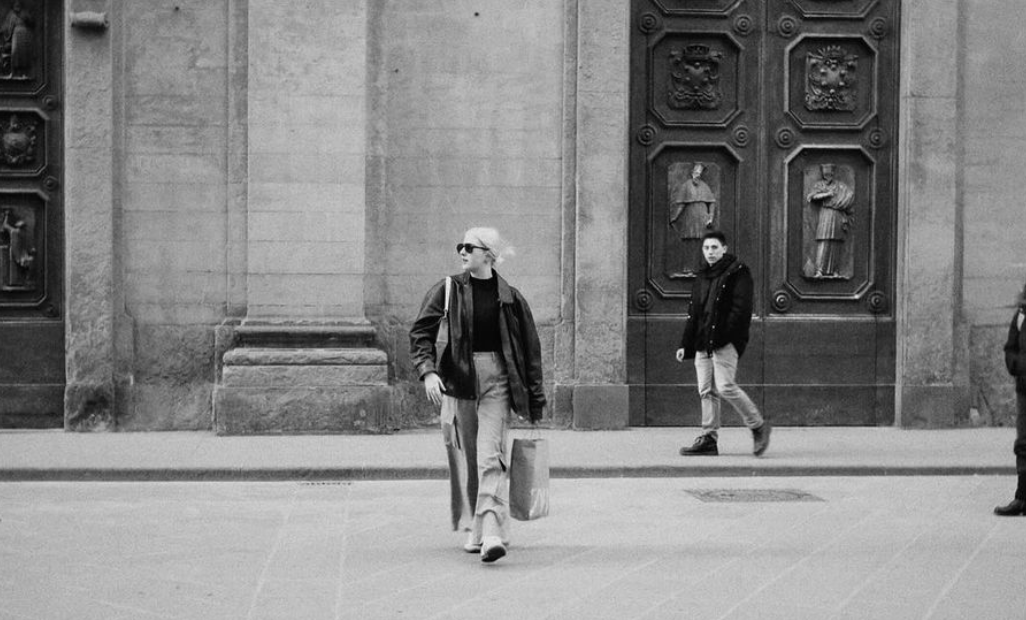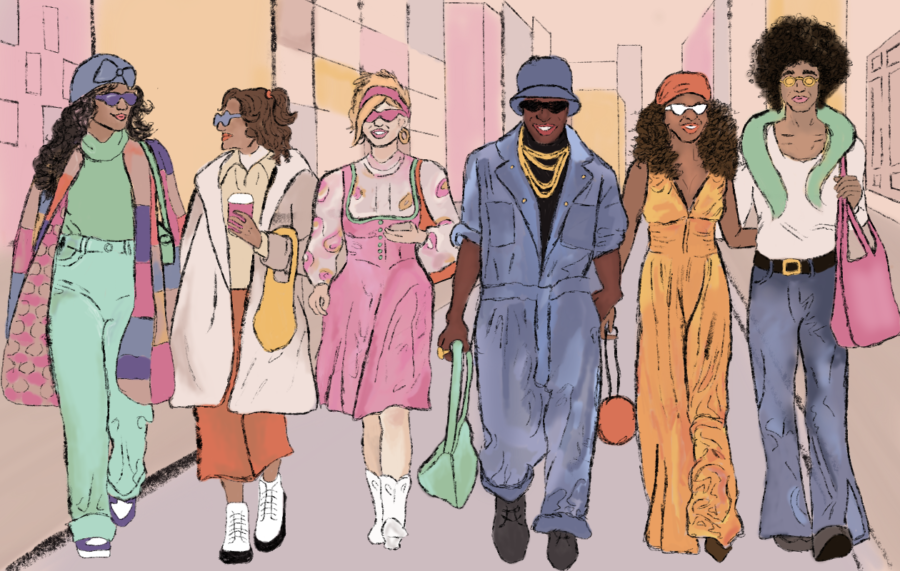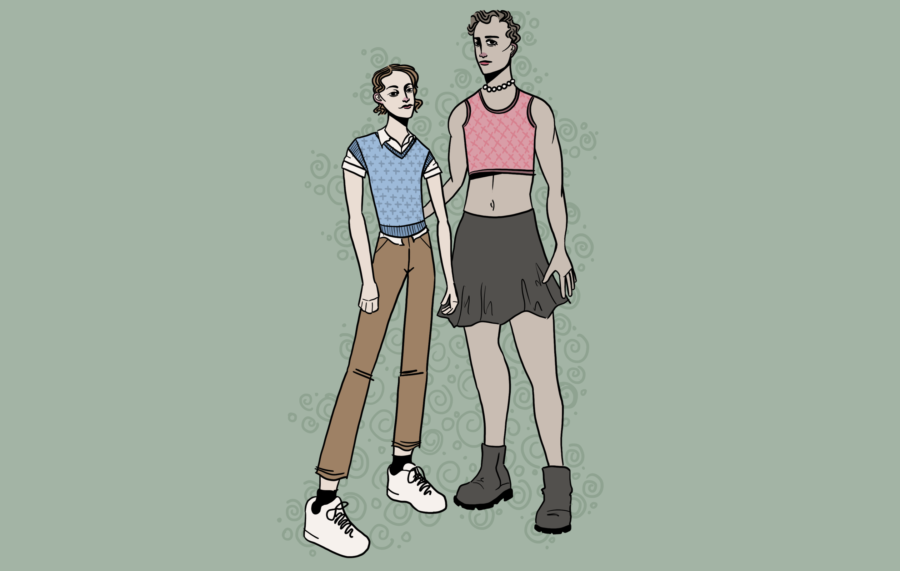It’s nearly impossible to come across a photo that isn’t retouched. Most photos we see from advertisements and brands are digitally enhanced, and often, you can’t even tell, which leaves 80 percent of women feeling worse about themselves, according to Adios Barbie. The culprit this study identifies is societal beauty standards, which takes an unrealistic form when it comes to retouching done for beauty advertisements and packaging.
The issue is that when you can’t tell, it is creating a false sense of reality that the product is performing beyond actual capacities. For the makeup and skincare industry, foregoing retouching on promotional photos is unheard of. It’s possible for consumers who are continually exposed to these images can have their perception skewed of products.
This means products are creating revenue by selling consumers a pipe dream that can simply never be fulfilled. Instead of achieving the desired results to the extent they are marketed, consumers are left high and dry, often chasing more beauty products to cover up flaws they didn’t even know existed.
The drugstore chain CVS Pharmacy realizes this, and although retouching is a big selling point for beauty brands, they are promising to stop altering their images for their store beauty brands. On a post on their site, they go into detail,
To help enforce this, CVS introduced their own watermark that they will be putting on images that are authentic, as they want to highlight imagery that has not been materially altered. Nicknamed ‘The CVS Beauty Mark’, it will start to appear on CVS Pharmacy-produced beauty imagery in 2018 with the goal of all images in the beauty sections of CVS Pharmacy stores, reflecting transparency by the end of 2020.
Yes, this means Maybelline, L’Oréal Paris, and Revlon will all be required to state whether their images have had significant retouching. If the non-store brands will not be comply to the new rule, their photos will be required to be visibly labeled as being retouched.
CVS Pharmacy has already reached out to their beauty brand partners, in hopes of “working together to ensure that the beauty aisle is a place that represents and celebrates the authenticity and diversity of the communities we serve”.
For consumers, the transparency hopefully means no longer wasting money on products that will not perform the way they are advertised. It should produce realistic beauty standards, and consumers can gain a higher reality of the depth of beauty products. Given that CVS is a significant retailer in the $445 billion-dollar beauty industry, their promise for transparency will hopefully send a message to other brands so they can soon follow suit.

